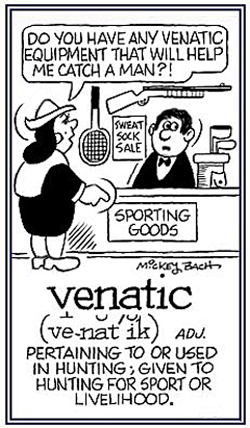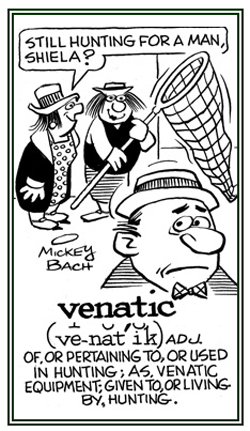Roman Times and Events: Those about to Die, Special Terms
(words which identify Roman terms referring to people and other topics; especially, those appearing in Those about to Die)
They could be presented anytime a wealthy family lost a member, either immediately following the loss, or at some time in the future, well after the death had actually taken place.
It was through the medium of the munera that gladiatorial combats were first introduced into Rome, and the munera remained the primary (though not exclusive) outlet for this sort of spectacle until the beginning of the Imperial period.
2. An ax used to slaughter cattle which has a hammer opposite the blade. 3. Used to mean, "he fell as if he were hit with a poleax.
Generally, the head of the weapon consisted of an axe, or hammer, on the damaging "face", with a spike, hammer, or fluke on the reverse. In addition, there was a projection from the top built somewhat like a dagger.
Developed in the early Augustan era, the retiarius (net-fighter) carried a trident, a dagger, a net, and no helmet. Except for a loincloth, a manica on his left arm, and a metal shoulder-guard (galerus) above the manica, the retiarius fought naked and was always paired with a secutor.
The very distinctive helmet of the Secutor had only two small eye-holes, in order to prevent a Retiarius's trident from being thrust through the face, as well as a rounded top, so as not to get caught in a net.
The Secutor had to be quick or he was in danger of falling from exhaustion or faint because of breath constrictions.
The Secutor wore a loincloth, and a wide belt (much like the Retiarius). On his right arm, he wore a manicae (a heavy linen wrapping tied with leather tongs), and on his left leg, he wore an ocrea (a greave made of boiled leather or metal). He also carried a scutum (a curved rectangular shield) to protect himself.
2. A shelter formed by overlapping oblong shields, held by soldiers above their heads.
3. When capitalized, a genus of turtles, the land tortoise.
2. Descriptive of, or pertaining to hunting in ancient Roman times: The drawings on the wall in the temple depicted the venatic activities of Romans who were carrying spears and chasing wild animals.


Go to this Word A Day Revisited Index
so you can see more of Mickey Bach's cartoons.
2. A Roman gladiator: Sharon read in her history book that a venator was once an ancient Roman soldier who specialized in hunting wild animals, and was not only a professional combatant in Roman times.

